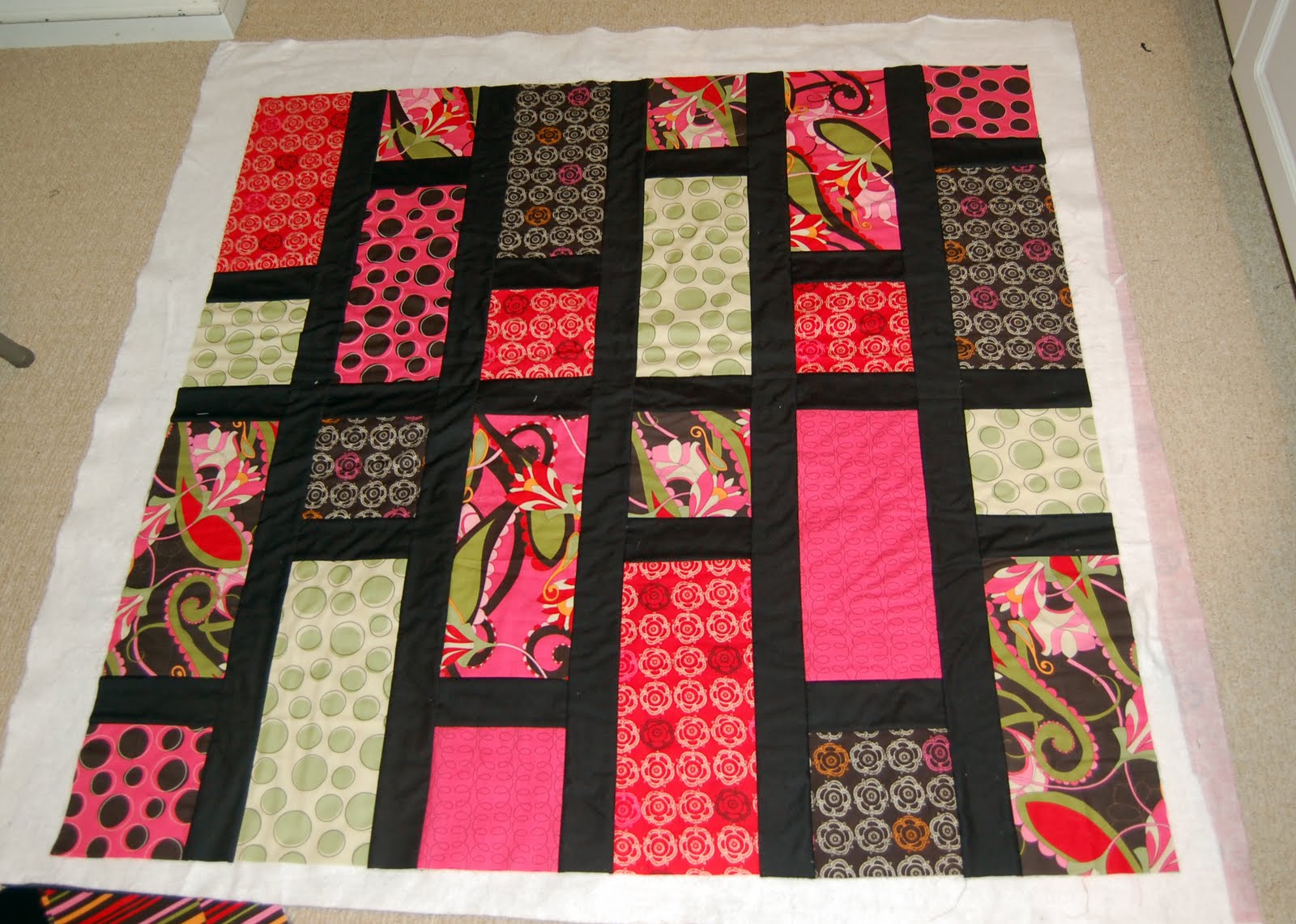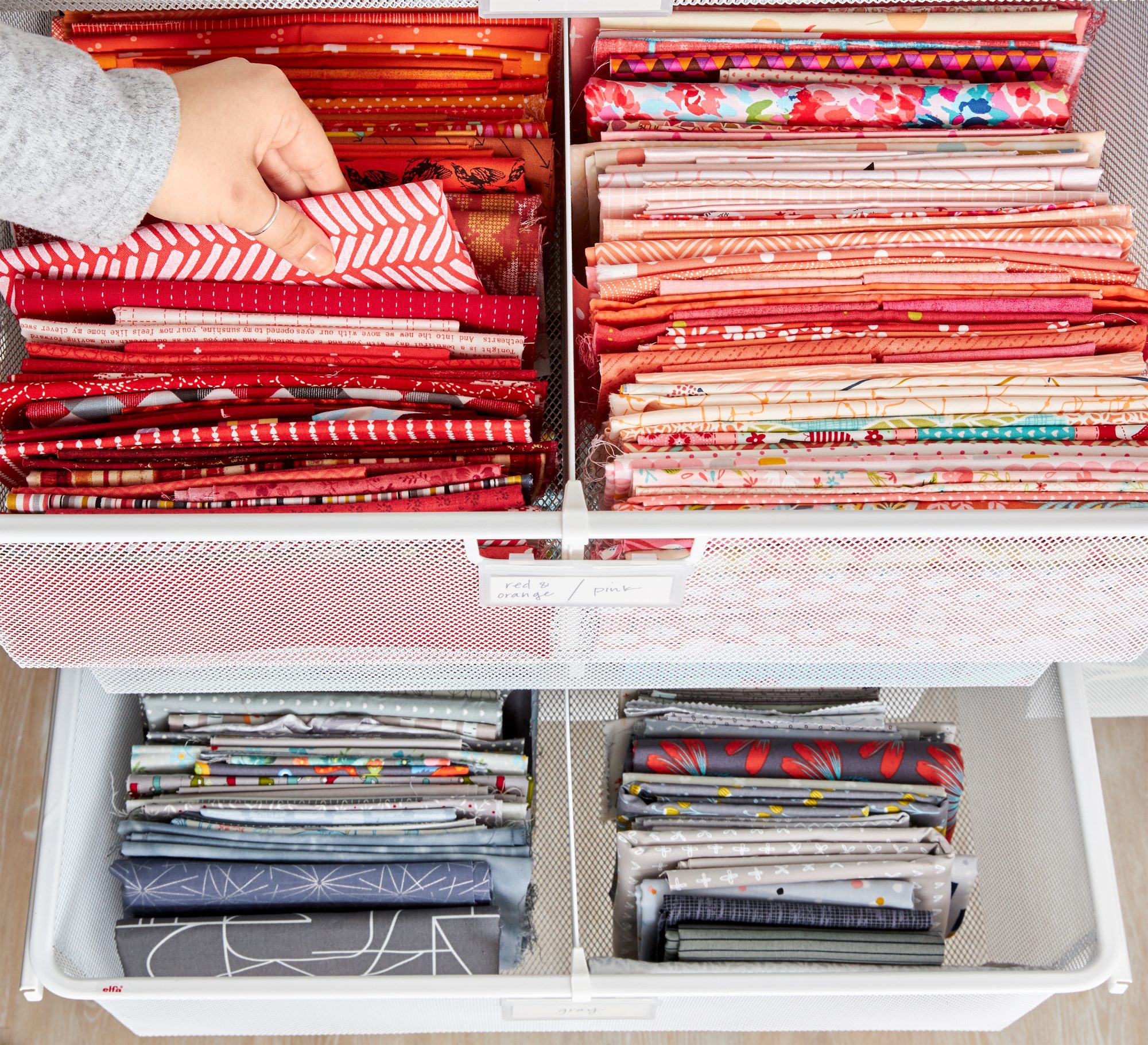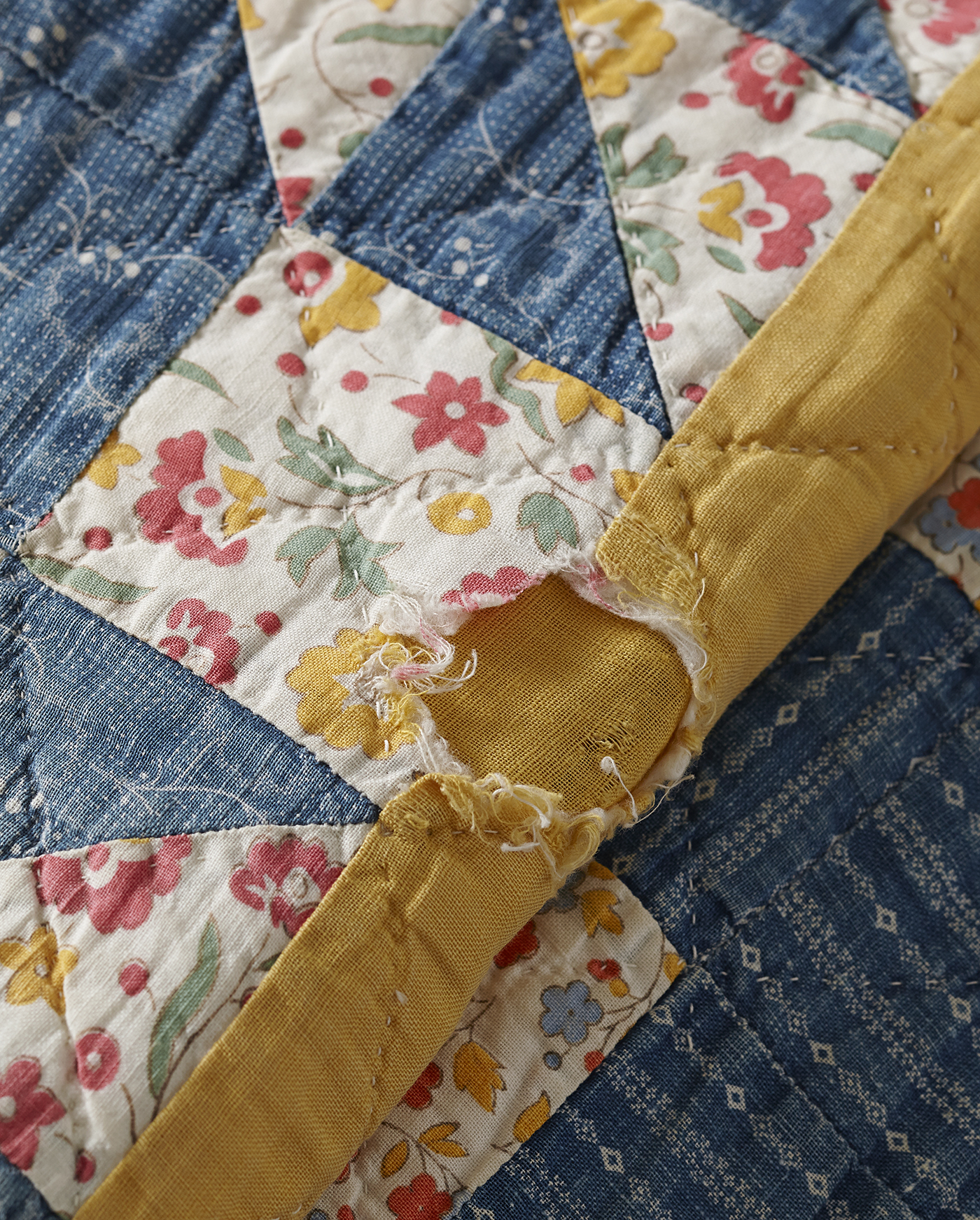Are you looking for ways to store quilts for long-term preservation and enjoyment? Quilts are an important part of family history and can be a treasured heirloom that is passed down for generations. To make sure that your quilts stay in the best condition, it is important to store them properly. In this article, we will discuss how to store quilts for long-term preservation and enjoyment.
What are Quilts?

Quilts are a type of textile item composed of three layers: a top layer of fabric, a layer of batting or wadding, and a backing. They are primarily used as bed coverings, but also as decorative items, wall hangings, and clothing. Quilts are made by quilters, either as a hobby or professionally, and usually feature intricate stitching patterns. Quilts come in many styles, shapes, sizes, and colors, and can be made from a variety of fabrics, including cotton, wool, silk, and even velvet.
When it comes to how to store old quilts, it is important to take proper care of them to ensure their longevity. Quilts should be stored in a cool and dry area, preferably in a cotton bag or a box lined with acid-free paper or muslin. To ensure the best preservation, quilts should be cleaned before storage and should not be stored in plastic or exposed to direct sunlight.
Storage Considerations

Temperature
Quilts should be stored in a cool, dry place with a consistent temperature. Long-term storage in extremely hot or cold temperatures could damage the quilt, particularly if the quilt contains delicate fabrics.
Light
Ultraviolet light can cause fading or discoloration, so quilts should be stored away from direct sunlight and bright artificial lights.
Moisture
Humidity can cause textiles to mold or mildew, so be sure to store quilts in a dry area that is well-ventilated. Using cedar chips or lavender sachets in the storage area can help repel insects and absorb moisture.
When it comes to how to store quilts long term, it is best to store quilts in an archival-quality box, such as those made of acid-free board, which will protect the quilt from the elements. Be sure to layer the quilt with acid-free tissue paper and fold it gently.
How to Store Quilts

Basement
Quilts can be stored in the basement by taking the proper precautions. To prevent mildew, ensure the basement is dry and well-ventilated. Place quilts on a shelf or in a plastic storage bin with a lid to protect them from dust and pests. If possible, use cedar blocks or cedar chips to help repel insects. For added protection, wrap the quilts in an acid-free paper before placing them in storage. For best results, use the keyword “how to store quilts in a basement” when searching for advice.
Attic
The attic is a great place to store quilts, as long as it is clean and dry. Again, use acid-free paper to wrap the quilts and place them in a plastic storage bin with a lid. If possible, use cedar chips or blocks to keep pests away. Keep the temperature moderate by using a dehumidifier. For extra protection, use mothballs or cedar sachets between the layers of the quilts.
Closet
Closets are a great way to store quilts. Line the closet with acid-free paper and hang the quilts with padded hangers. Make sure the closet is dry and well-ventilated. If there is any chance of pests, use cedar chips or blocks to keep them away. Also, use mothballs or cedar sachets between the layers for extra protection.
Plastic Storage Bins
Plastic storage bins are a great way to store quilts. Wrap each quilt in acid-free paper and place it in a plastic storage bin with a lid. If possible, use cedar blocks or chips in the bins for extra protection against pests. For best results, use the keyword “how to store quilts in a plastic storage bin” when searching for advice.
Long-Term Preservation

Cleaning
Before storing a quilt, it is important to clean it. This can be done by a professional cleaner, or by hand. If cleaning by hand, use a mild, pH-balanced detergent and cool water. It is important to use a gentle technique so as not to damage the fabric or stitching.
Repairing
Before storing a quilt, it is important to repair any existing damage. This can include mending any holes or tears, replacing missing buttons, and reinforcing any weak spots. Make sure to use materials that are consistent with the quilt’s original construction.
Mothproofing
To protect a quilt from moths, it is important to mothproof it before storing. This can be done with cedar chips, lavender, or other mothproofing products. Place mothproofing materials in the container with the quilt, making sure not to directly touch the fabric.
What is the best way to store a quilt?
The best way to store a quilt is in an acid-free container in a cool, dry, dark place. Make sure to clean and repair the quilt before storing and add mothproofing materials to the container. Storing a quilt in this way will help ensure its long-term preservation.
How Often to Take Quilts Out

When storing quilts, it is important to take them out and air them every few months. This prevents mildew and helps to prevent musty smells. Quilts that are stored in airtight containers should be taken out and aired at least once a year. Quilts that are stored in a loft, attic, or other enclosed space should be taken out and aired every few months. In all cases, the quilts should be inspected for damage, such as tears, and any necessary repairs should be made. Taking quilts out and airing them regularly will also help to keep them looking their best.
What is the Best Way to Store a Quilt?

The best way to store a quilt is to keep it in a dry, climate-controlled environment. Quilts should be kept away from direct sunlight and in a location that does not receive excessive moisture or humidity. A cedar chest is an ideal storage option as it helps to repel moths and other insects. Quilts should also be wrapped in acid-free paper, or another breathable material, to protect them from dust, dirt, and other environmental factors. If your quilt is not frequently used, it should be stored in an acid-free box with a tight-fitting lid. Finally, it is important to periodically check your quilts for any signs of damage or deterioration, and to have them professionally cleaned if necessary. By following these tips, you can help to preserve your quilt for many years to come.
How to Store Old Quilts

The best way to store an old quilt is to keep it in a cool, dry environment. Make sure the quilt is well-wrapped in acid-free tissue paper and stored in an archival-quality box or container. The box or container should be made of acid-free or lignin-free materials, and should be large enough to allow for a few layers of tissue paper between the quilt and the box. If possible, use a container with a lid and an airtight seal to keep out moisture and pests. Additionally, you should avoid storing the quilt in direct sunlight, as this can fade the fabric.
For 100 year old quilts, you should take extra precautions to ensure they are properly stored. Make sure the box or container is made of archival-quality materials and is free of insect infestations. Consider using an acid-free plastic bag or a museum-grade storage box to protect the quilt from dust, dirt, and moisture. Additionally, you should store the quilt in an environment with low humidity, as high humidity can cause mold and mildew. Finally, it is best to store the quilt in an airtight container if possible, as this will help protect it from pests.
How to Preserve Quilts
Quilts are delicate and should be stored with care in order to keep them in the best condition for many years. Here are some tips for properly storing quilts:
Temperature Control: Quilts should be stored in a cool, dry environment. It is recommended to keep the temperature between 65 and 70 degrees Fahrenheit, and the humidity between 40 and 50%.
Cleanliness: Quilts should be kept clean and free of dust, dirt, and other debris. Regularly vacuum the area around where the quilts are stored and use a lint roller over them.
Fold or Roll: Quilts should not be hung on a wall for storage as this can distort the shape of the quilt and cause it to stretch or pull. It is best to fold or roll the quilts and store them in a breathable box or bin.
Packing Material: Quilts should be wrapped in acid-free tissue paper or stored in a cotton bag to prevent them from becoming damaged. Do not use plastic or other synthetic materials as these can trap moisture and cause mildew.
Avoid Light: Sunlight can damage quilts over time, so it is best to store them in a dark area such as a closet or drawer.
Inspection: When storing quilts, it is important to inspect them periodically to make sure they are in good condition. Look for signs of wear and tear, and take steps to repair any damage that is found.
By following these tips, you can ensure that your quilts will remain in good condition for many years to come.
Frequently Asked Questions
What type of environment is best for storing quilts?
Quilts should be stored in an environment that is:
- Dry and cool, with a temperature of approximately 65-68°F (18-20°C).
- Low in humidity, with 40-50% relative humidity.
- Well-ventilated and free of pests, such as moths, silverfish, and other insects.
- Free from sudden temperature or humidity changes.
- Protected from light, both natural and artificial.
- Stored off the ground, preferably in an acid-free box or other container.
It is important to maintain a consistent temperature and humidity level in order to preserve the quilt and prevent damage. The best way to achieve this is to use a dehumidifier or air conditioner in the area where the quilt is stored. It is also important to keep the quilt away from direct sunlight and other sources of light, as light can cause fading and damage the fibers of the quilt.
How often should I check quilts for signs of deterioration?
It is recommended to check quilts for signs of deterioration at least twice a year. Look for signs of discolouration, fading, and mould growth. If any of these signs are present, take the necessary steps to restore or repair the quilt.
Is there a particular way I should fold quilts?
Yes, there is:
- Start by laying the quilt flat on a clean, dry surface.
- Fold it in half lengthwise and smooth out any wrinkles.
- Fold the quilt again in the other direction, so that it is folded into a square.
- Fold it once more in the opposite direction so that it is now in a rectangle shape.
- Fold it up one last time, this time in the same direction as the first fold, so that it is now a small square.
The quilt should be neatly folded and free of wrinkles or folds. You can use a piece of tissue paper or fabric to prevent the quilt from developing wrinkles. Once the quilt is neatly folded, it can be stored in a clean, dry area.
How Should I Store Quilts to Protect Them from Pests?
To protect quilts from pests, it is important to store them in a dry and well-ventilated area. Avoid storing them in humid and dark places that can attract and keep insects or other pests. Quilts should be wrapped in acid-free paper to protect them from dirt, dust, and moisture. Vacuum-sealed bags can also be used. If possible, use cedar chips or sachets that contain natural insect-repelling ingredients like lavender, bay leaves, and rosemary. Quilts should also be inspected regularly and any signs of pests should be treated immediately.
Are There Any Special Techniques for Storing Antique Quilts?
Antique quilts should be stored carefully to preserve their value and condition. To prevent damage, quilts should be kept in an acid-free, climate-controlled environment. It is also important to keep antique quilts in a location away from direct sunlight, moisture, and temperature fluctuations. Quilts should be stored in a box or container made of a breathable material, such as acid-free cardboard or cotton muslin. Quilts should never be folded or rolled as this can cause permanent creases and damage. If storing multiple quilts, they should be stacked loosely in acid-free tissue paper. Quilts should be aired out periodically to prevent mildew and fabric deterioration.
Conclusion
Quilts are a meaningful and sentimental addition to any home. Storing them properly and using the right materials will help ensure that they last for years to come. By using acid-free materials, reducing light exposure, and maintaining a consistent temperature and humidity level, quilts can be stored for long-term preservation and enjoyment.






